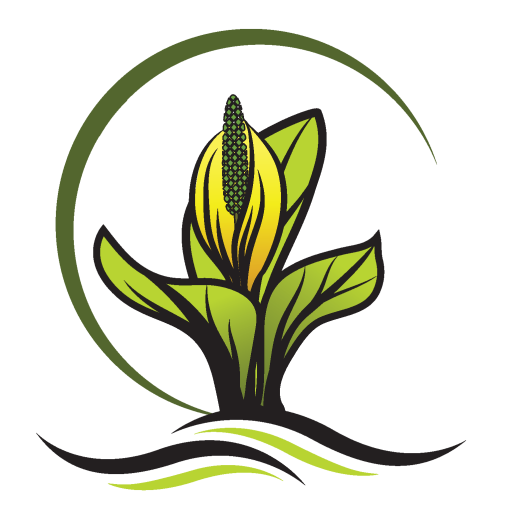The Study of Phenology–Using Nature’s Cues to Plan Your Garden
The word phenology is derived from the Greek words phaino (to show or appear) and logos (to study) and literally means “the science of appearance”. In the gardening world, phenology refers to the study and observation of seasonal events and their correlation to plant, insect and animal life. Events in nature, such as plant flowering, leafing, fruiting, bird migration and first animal/bug sightings can be used to guide planting times in our gardens.
While there are many phenology signs to follow, its best to get recommendations from sources that are as local as possible—or to keep a diary yourself to determine what works best. Here are a few key events that can be used to start a plan:
When crocus’ are in bloom: Direct sow radish, parsnip and spinach. Prune roses. Fertilize lawns.
When grape hyacinth and narcissus are in bloom: Direct sow broad beans, broccoli, cauliflower, celeriac, celery, corn salad, fennel
When first dandelions bloom: Plant potatoes
When forsythia and dandelions begin to bloom or lilac is in first leaf: Direct sow beets, Brussels sprouts, cabbage family crops, carrots, chervil, endive, escarole, kohlrabi, leek, lettuce, parsley, peas, onion (sets and seed), salsify, Swiss chard, turnip
When apple blossoms start to fall: Direct sow corn
When redbuds, flowering dogwoods, flowering crabapple are in bloom and lilacs are in full bloom: Direct sow cucumber, melon, pumpkin
When lilac blooms just start to fade: Direct sow green beans and squash
When peony, black locust and iris’ are in full bloom and daylilies start to bloom: Set out/transplant eggplants, okra, peppers, sweet potato, tomatillo, tomato, and melon.
When mock oranges bloom: Seed fall cabbage and broccoli
With weather patterns becoming less and less reliable, perhaps paying less attention to the calendar and more attention to nature’s clock will help us become better gardeners.


